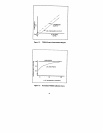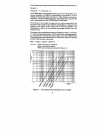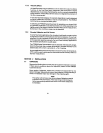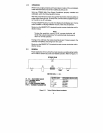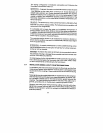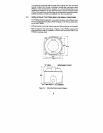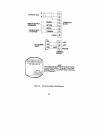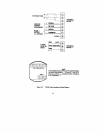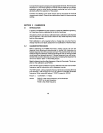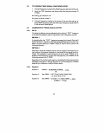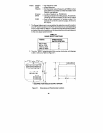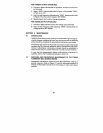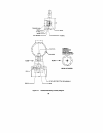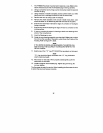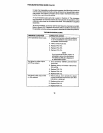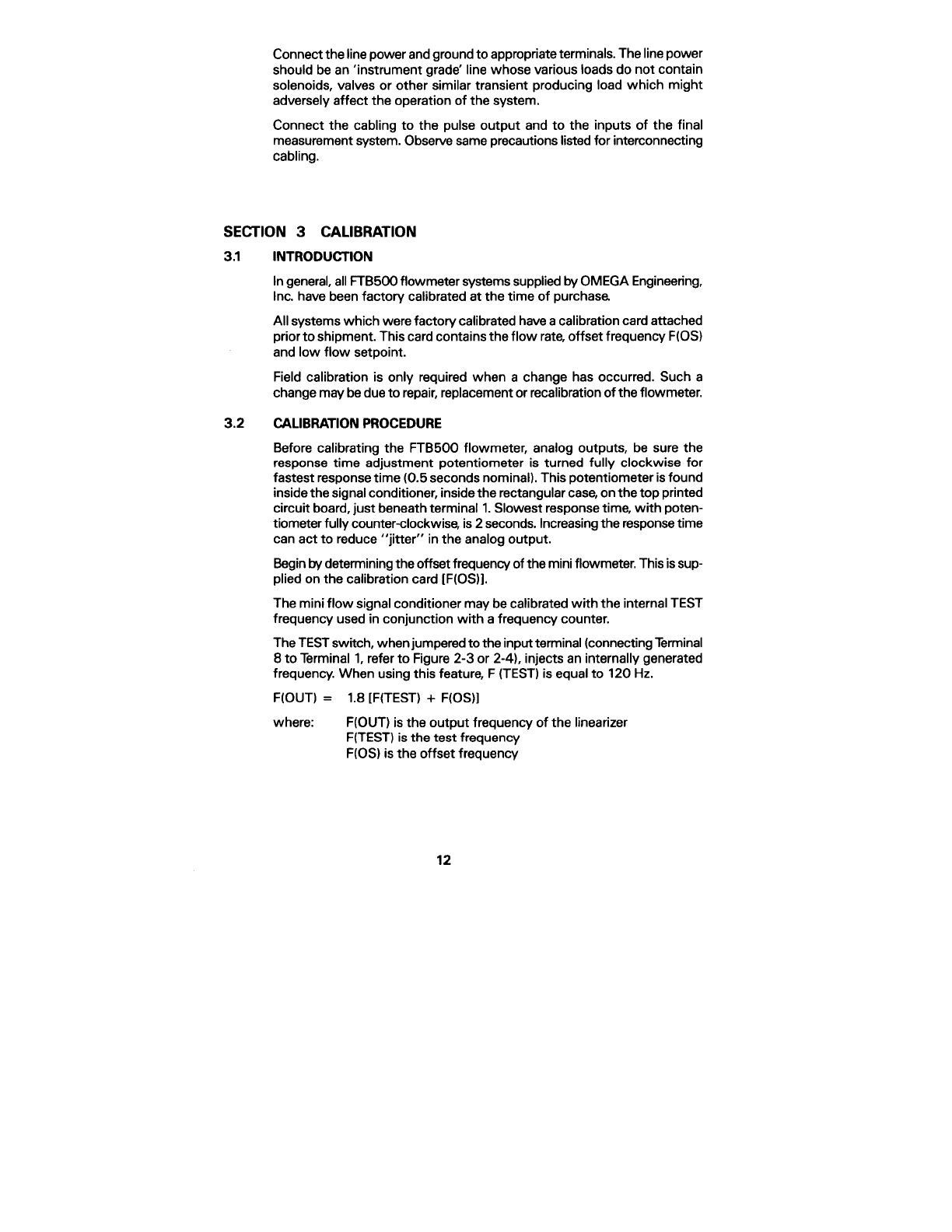
FfOSl
is the offset frequency
12
FfTEST)
is the test frequency
FfOUTl
is the output frequency of the linearizer
F(OS)l
where:
[F(TEST)
+
F(OUT)
= 1.8
2-41,
injects an internally generated
frequency. When using this feature, F (TEST) is equal to 120 Hz.
jumpered
to the input terminal (connecting Terminal
8 to Terminal 1, refer to Figure 2-3 or
[F(OSl].
The mini flow signal conditioner may be calibrated with the internal TEST
frequency used in conjunction with a frequency counter.
The TEST switch, when
F(OSl
and low flow setpoint.
Field calibration is only required when a change has occurred. Such a
change may be due to repair, replacement or recalibration of the flowmeter.
3.2
CALIBRATION PROCEDURE
Before calibrating the FTB500 flowmeter, analog outputs, be sure the
response time adjustment potentiometer is turned fully clockwise for
fastest response time (0.5 seconds nominal). This potentiometer is found
inside the signal conditioner, inside the rectangular case, on the top printed
circuit board, just beneath terminal I. Slowest response time, with poten-
tiometer fully counter-clockwise, is 2 seconds. Increasing the response time
can act to reduce “jitter” in the analog output.
Begin by determining the offset frequency of the mini flowmeter. This is sup-
plied on the calibration card
FTB500
flowmeter systems supplied by OMEGA Engineering,
Inc. have been factory calibrated at the time of purchase
All systems which were factory calibrated have a calibration card attached
prior to shipment. This card contains the flow rate, offset frequency
Connect the line power and ground to appropriate terminals. The line power
should be an ‘instrument grade ’ line whose various loads do not contain
solenoids, valves or other similar transient producing load which might
adversely affect the operation of the system.
Connect the cabling to the pulse output and to the inputs of the final
measurement system. Observe same precautions listed for interconnecting
cabling.
SECTION 3 CALIBRATION
3.1
INTRODUCTION
In general, all



